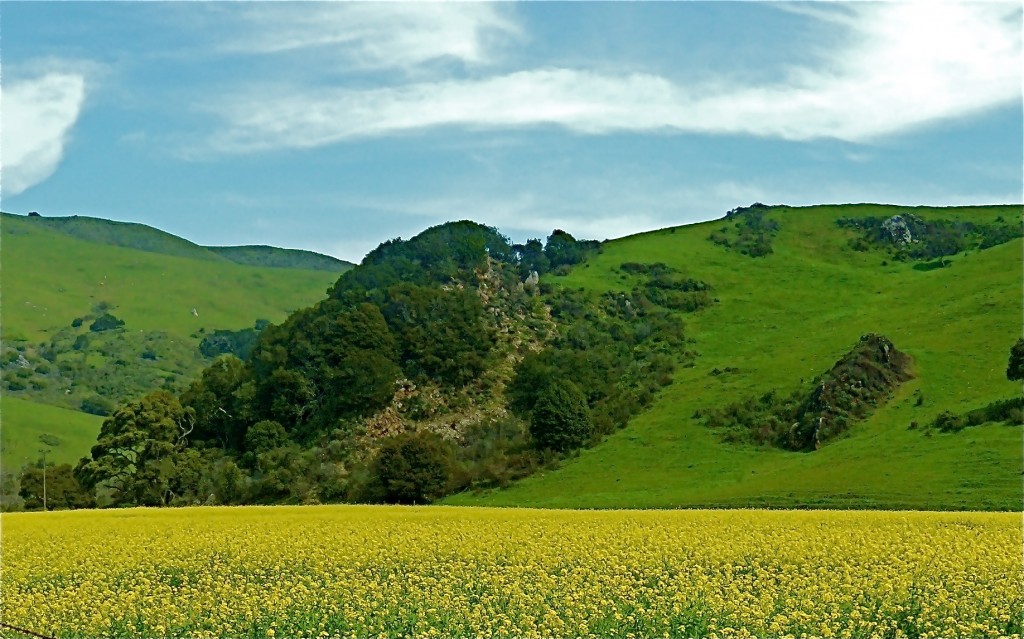
I had always thought the word “perennial” meant forever. I assumed that the general meaning of perennial “perpetual; everlasting; continuing; lasting indefinitely” also applied to “perennial plants”. In the list of dictionary definitions of “perennial” you’ll find “regarding plants; having a life cycle lasting more than two years”. What? It can’t be! Perennial plants are supposed to last and fill our gardens, aren’t they? The truth is, perennial plants can have a lifespan of anywhere from two years to 2,000 (bristlecone pine) depending on the type. More often, garden plants, like the beloved lavender, live only about 6 years before they begin to look woody. The truth is, some perennials will need to be replaced by a younger version when they become leggy and woody.
The lifespan of plants creates major challenges for gardeners. At about 6-10 years, gardens begin to experience their first mid-life crises. At that time short-lived perennials have begun to die or have become ungainly. Plants may have been planted too close together and are imposing on each other’s space. The soil in which a particular plant has been placed may not have been compatible with its growth – too acidic, too alkaline, poor drainage. Paths may have become overgrown. Trees may begin to shade smaller plants. A tree may have fallen and created a sunny area that was once shady and is now exposed to glaring mid-day sun.
My garden has gone through a major mid-life crisis. I began creating it over 12 years ago. We lost a beautiful pine exposing six beautiful Ribes (pink-flowering currant) to too much sun. They shrivelled and died. We had an invasion of gophers and I lost six Lavatera to the “toothy” creatures. My lavender plants died of “old age”, and a fifty-year-old apple tree (here on the property when we built) succumbed to “fire blight”. The drought, of course, has thinned out thirsty plants. The soil has become depleted except in the vegetable beds where I replenish nutrients each year.
Gardens are living, dynamic patches of earth. The soil of a garden breathes and is filled with microorganisms that eat, digest, eliminate and die just like every other living creature on earth. Soil and the plants are affected by climate, weather, and condition that humans impose on it. It is never static, never stagnant.
Our vision of creating something that remains “forever” may be unrealistic. Gardening is for those who love the process rather than just the result. Everything is temporary for the gardener. Gardeners embrace learning and experimenting. If you are involved with a garden that is facing a mid-life crisis, make it easy on yourself by tackling one project at a time. Take time to appreciate what has worked for you. Gardens are meant to be enjoyed.




Change gives us opportunities to learn how to propagate our favorites and cultivate new ones!